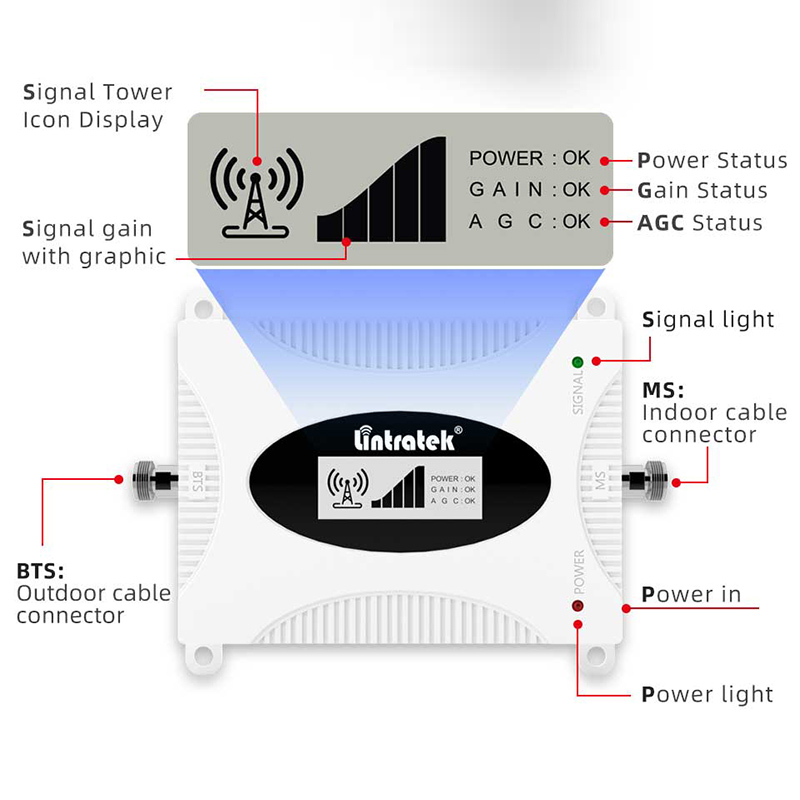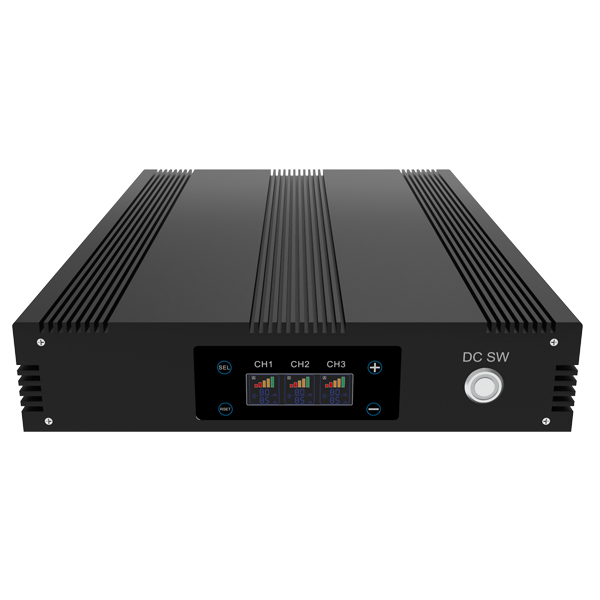When you purchase through links in our articles, we may earn a small commission. This doesn't affect our editorial independence.
Many people, especially those living in urban areas and cities, never think about poor phone signal. But even in this day and age, there are still plenty of rural areas (and even pockets of major cities) that have little to no mobile coverage at all. Mobile Phone Signal Booster Vodafone

If you live somewhere that forces you to run upstairs or into the garden when someone rings you, or can’t get a mobile signal at all, here are a few options for solving the problem.
Before you spend a lot of money on devices such as a signal boosters, make sure your phone case isn’t the issue, or that – as Steve Jobs famously once said – you’re holding your phone wrong.
Long before modern smartphones, some mobile phones had an aerial poking out of the top.
These days, those antennae are hidden inside because buyers wouldn’t have it any other way. Putting a case on your phone (particularly a metal one) can seriously affect the signal it’s able to receive.
So, take off your phone’s case and even try enabling the speakerphone mode so you’re not touching the phone at all. If this doesn’t help, also try making a call in the highest room in your home.
You could also find out where your nearest mobile tower is located. These tall poles are where mobile operators place their transmitters, and it can help improve signal if you go outside and face the direction of the tower.
Where is your nearest tower? If you’re in the UK, you can go to www.cellmapper.net which will show you a map with the mast locations and which networks they belong to. Interesting stuff… if you’re a geek.
Just because you have poor (or zero) mobile signal from your current provider, you may find that another network offers much better service in your area.
It’s surprisingly easy to switch (you can now text to switch networks) and keeping your existing phone number is easy too, so it’s not nearly as extreme as it sounds.
In order to find out if a different network will provide a better mobile signal, you can use their respective coverage checkers. Each will tell you whether the signal will be good outdoors as well as indoors at any given UK postcode.
You can also try out different mobile networks cheaply, too, by requesting a free pay-as-you-go SIM from a provider. Although the SIM is free, you’ll have to put some credit on it in order to make some phone calls, texts and see if the data speeds – for using the internet – are good enough.
Usually, you’ll pay around £10 for a month’s use. It’s a relatively small price to pay to find out which network offers strong mobile coverage in your area.
Most SIMs are now all-in-one, so you pop out the size you need for your phone – typically nano SIM for most phones. You’ll have to use the SIM’s new phone number for the trial, but at least you will have a good idea of whether the coverage is significantly better than your old provider or not.
If not, try another provider until you find one with the best signal.
You might like to check out our best SIM-only deals, too.
Most UK households have fast enough broadband for Wi-Fi calling. There’s really no difference between making a regular phone call to calling someone on WhatsApp, Zoom, Skype or another app.
In fact, some mobile operators even have a service called ‘WiFi calling’.
Instead of using the mobile phone network‘s 3G, 4G or 5G signal, you can use a Wi-Fi network, such as your home broadband, to call people on WhatsApp or a different app.
You can check if your mobile provider offers WiFi calling, but it’s also important that your phone supports it too. If one or both turn out to be incompatible, then just use WhatsApp instead, or whichever app the recipient of you call uses.
Chances are that the person you want to call already has WhatsApp or Zoom, but if not, it’s quick and easy to install the app and make a free account.
There are, of course, plenty of alternatives to these, including Skype, Facebook Messenger, Viber, Google Duo and Apple FaceTime. All these services allow you to voice or video call using a WiFi connection, so if you’re already chatting with someone using one of those services, you can also call them over Wi-Fi from within your app of choice.
All the UK’s main networks offer Wi-Fi calling and don’t charge extra for it:
O2 allows its customers to make WiFi and 4G calls without using a specific app.
EE offers WiFi calling to all its customers as long as they have a compatible phone.
Vodafone provides W iFi calling and, again, supports many phones. You can check if yours is on the list.
Three supports Wi-Fi calling on compatible phones, too.
If you don’t want to change networks and can’t rely on Wi-Fi calling, then a signal booster could help.
While they can certainly help, they can be expensive and there are strict laws governing their use. As you’ll find on Ofcom’s website, many signal boosters are illegal to use.
You can approach your mobile provider and ask if they will supply (or sell you) a booster/repeater, but of the four main UK networks, only O2 now offers a signal booster, the Boostbox. The others will direct you to Wi-Fi calling.
Signal boosters do what they say: amplify an existing weak signal and make it a bit better. If you are keen to get one and happy to spend between £500 and £1500, then be sure to get one that is labeled as OFCOM Licence Exempt, such as these models from www.signalboosters.co.uk.
With the rise in support for WiFi calling and improved network coverage, Vodafone stopped its Boostbox service in September 2021 and EE shut down its Signal Box service on 30 June 2022. All existing boxes stopped working on that date.
Depending on your needs, one final (and slightly unorthodox) option is the goTenna Mesh. These portable devices are designed primarily for hiking but will work anywhere with poor signal, and let you create a mini mesh network to communicate.
Sold in packs of two, four or eight, you simply pair each goTenna to a phone over Bluetooth and can then send encrypted messages (though not voice calls) between devices, as long as they’re in range – up to four miles in open terrain, and half a mile or so in busier urban environments. You can also use the devices to create a relay, extending the range with each one.
Obviously, this won’t be the ideal solution for everyone with low signal, but it could be perfect for people who want to reliably contact friends and family who live near them in the countryside or other low signal areas; that or anyone hoping to plan for a visit to a low-signal area, such as a hiking trip or festival weekend. You can buy a pack directly from goTenna.

Tri Band Cell Phone Booster Jim has been testing and reviewing products for over 20 years. His main beats include VPN services and antivirus. He also covers smart home tech, mesh Wi-Fi and electric bikes.